
Preparation phase: Managing expectations
Whether you are simply maintaining an existing website or designing a new website from scratch, both you and your client are required to manage each other’s expectations. While your primary responsibility is to understand the requirement of the project in detail, the client’s responsibility is to understand how each choice that is made impacts the scope and the budget of the project, with your help. Let your client know about the required technology, the required budget, and the time frame required for finishing the project. Approaching your project in an organized manner will save time, efforts, and budget.Phase 1: Defining site goals
This is probably the most important phase of any design project as you define the goals, set up the overall structure, decide on content and assign roles and the different deliverables throughout the project. By setting up proper planning right from the beginning, you save yourself from a lot of grief later. Here you work with the client to establish the schedule, budget, timeline, technical needs, visual style and the content structure for the target audience. When managing expectations and getting started with your design project, I’d like to recommend making use of a lean and easy-to-use project management in order to keep track of defined goals, budgets, tasks and schedules.Trello
Trello is a well-known and easy-to-use project management tools. It lets you create various boards for various projects. With Trello you can get a quick overview on currents tasks and your backlog.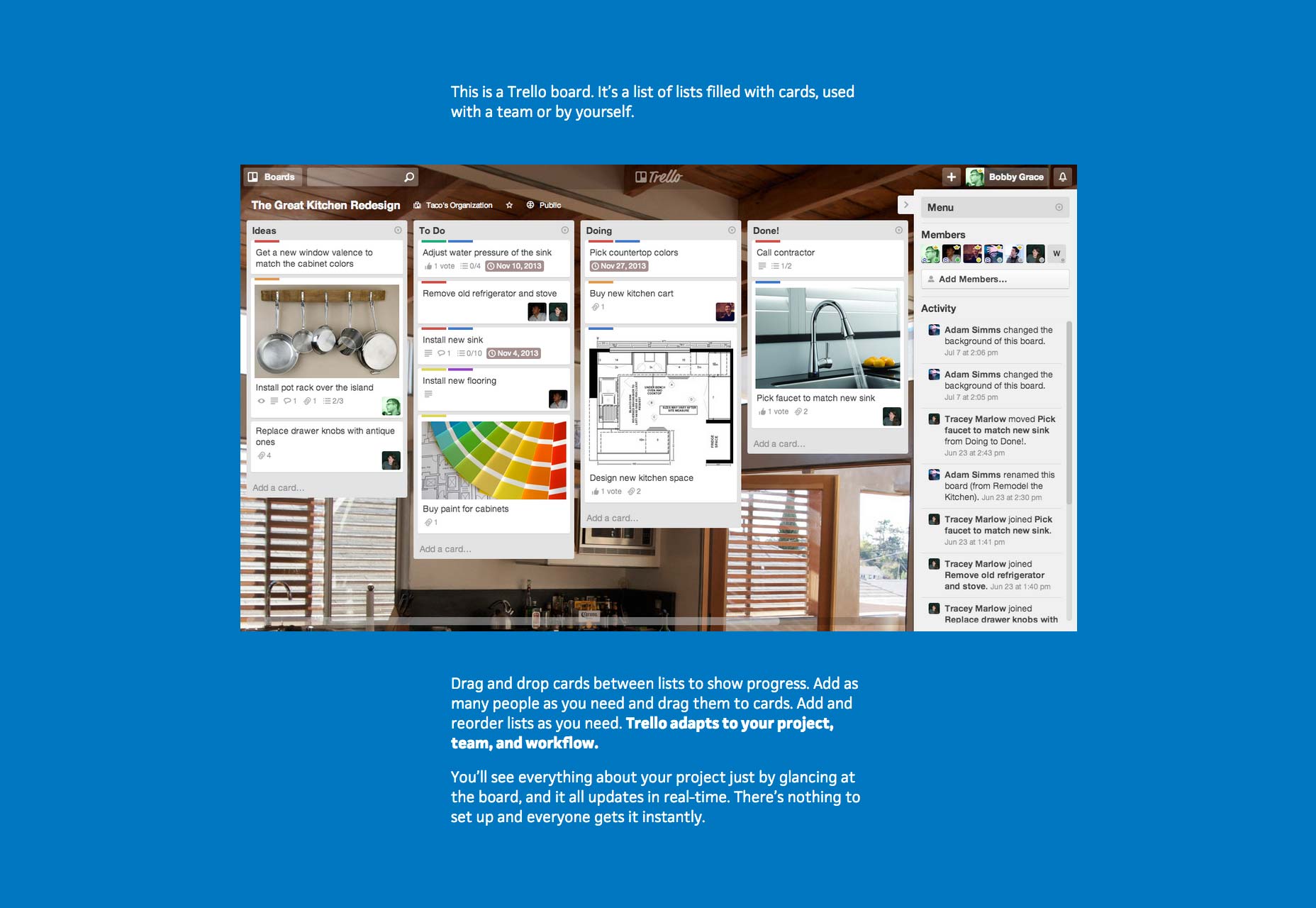
Asana
Asana is great to-do, and task tracker. You can even collaborate with colleagues and clients within Asana which enables you to keep your project transparent and everyone up-to-date.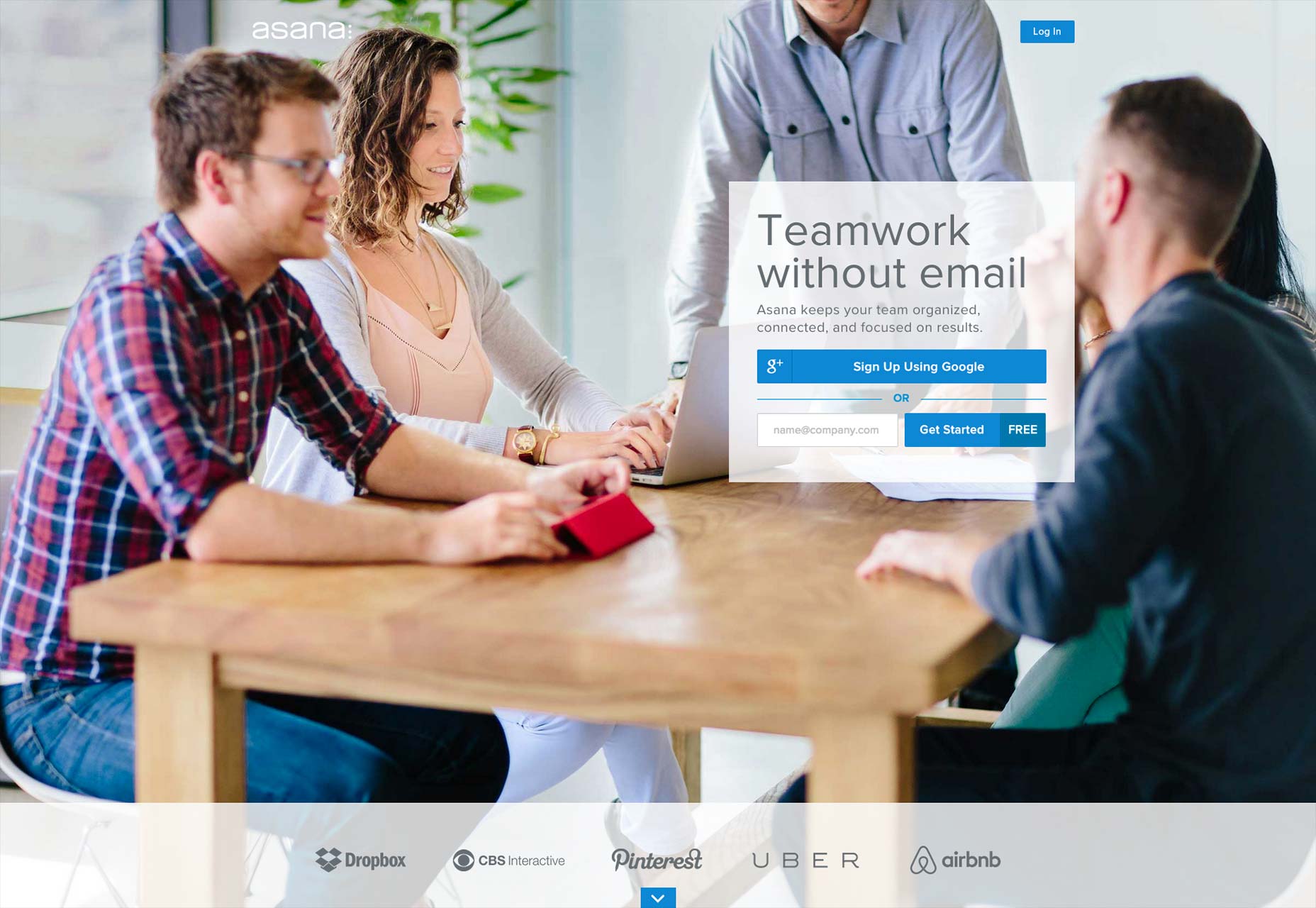
Basecamp
Another well-known, yet great project management tool is Basecamp. Similar to the tools mentioned above, it basically allows you and your team to keep track of every project deliverable and enables you to keep on track.
Phase 2: Developing site structure & getting your hands dirty
The site structure forms the backbone of the website. It acts as a reference guide for the team during the entire duration of the project. Use flowcharts to show the flow of the structure. Sitemap: Creating a sitemap is crucial for understanding the content organization. It is important to keep updating the sitemap after every change. If you don’t, things will get messy. Wireframe: The content of the site needs to be fixed before the design and graphics are put into place. Wireframes are low-fidelity sketches of the website or mobile application. Wireframes are used to create placeholders for content, establish priorities for elements on the page, and to document requirements. This becomes very important in the next phase.Balsamiq
Balsamiq is a graphical wireframing tool that helps your designer create many designs and then arrange the pre-built widgets into a drag-and-drop editor for the team to view and suggest changes simultaneously.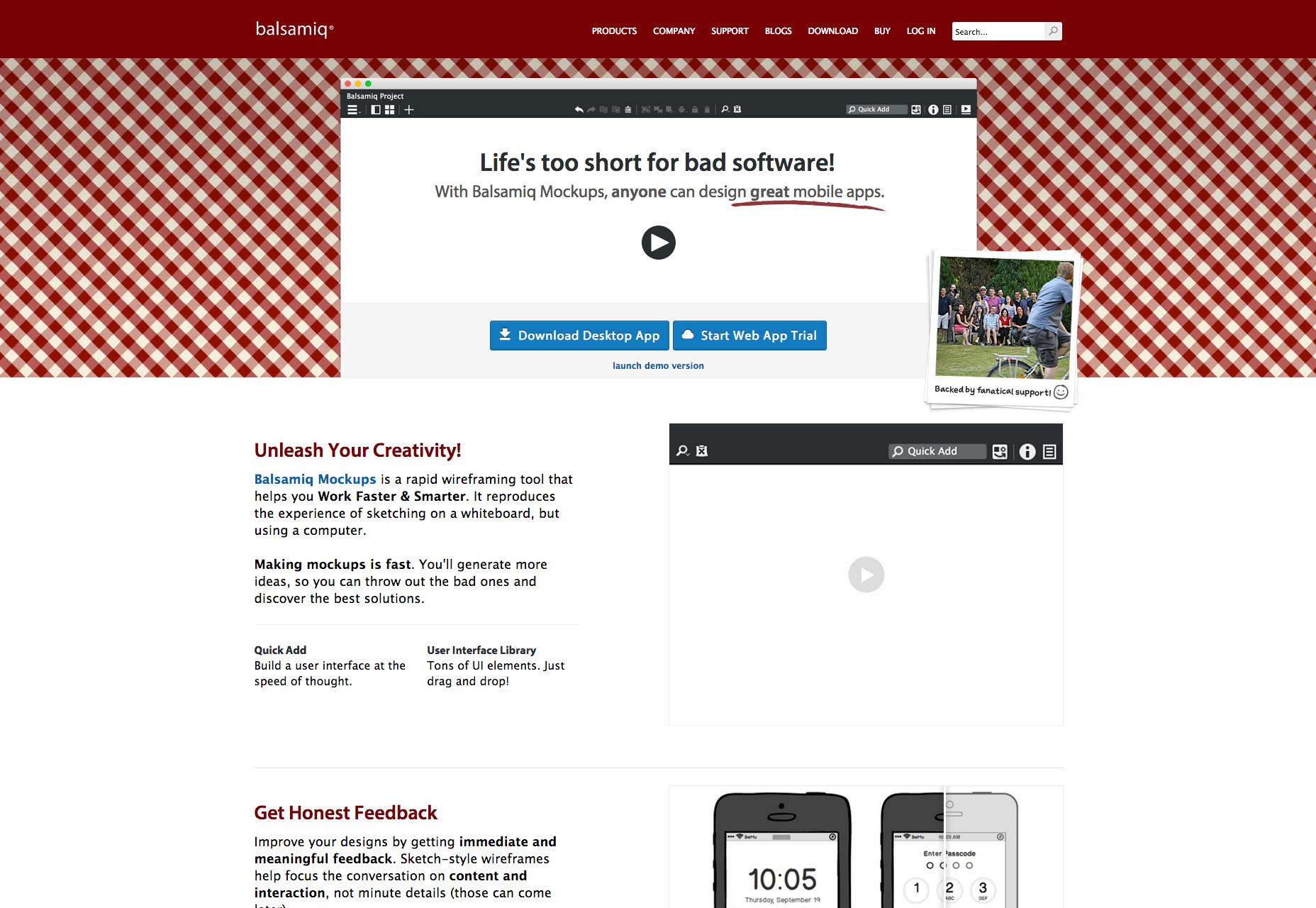
Moqups
Moqups is easy to use, has plenty of drag and drop features and doesn’t require a browser plug-in to operate. You can easily arrange a design presentation for your client using this tool.
Invision
Invision allows you to upload working designs and create interactions by using hotspots, just like any real application. One of its standout features is the ability to send clickable designs to your phone via SMS, underlinining the importance of being able to test your designs yourself in the right context.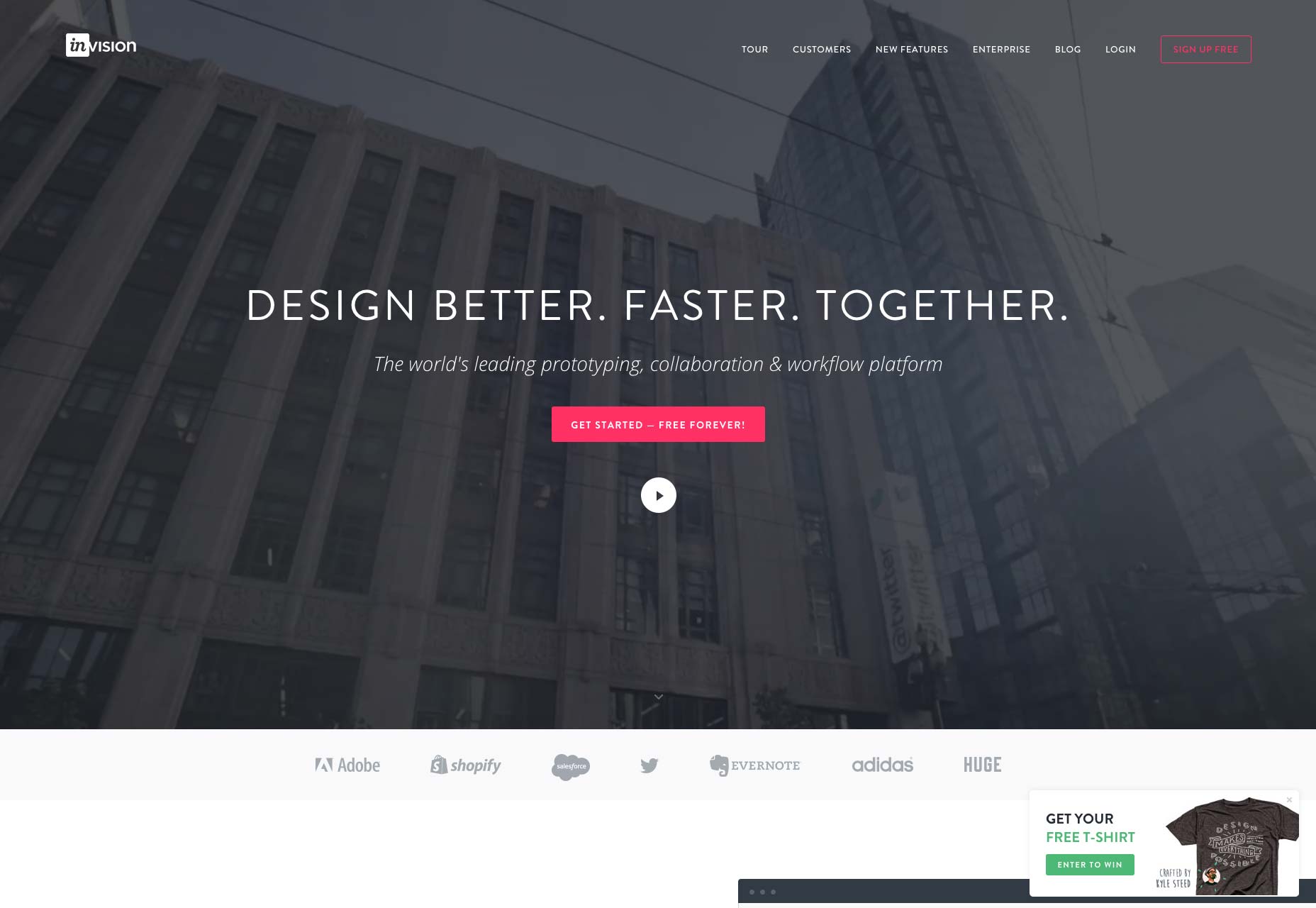
Notism
Notism is one of the best tools creative teams use to speed up their work process. This is a design and video collaboration platform. It helps creative professionals share their project and receive feedback via sketches and notes. Notism also allows creating different versions of a screen. By switching easily between different screens, you can get a better view of your project’s development.
Phase 3: Design and production
In this phase, make sure the designer works together with the programmer to ensure the implementation of coherent design elements. After the client approves the design drafts, the designer and the graphic team work on the look and the feel of the website. Compression, transparency, efficient use of color and design combine to create effective web graphics. The production stage is a point where the actual website is created. After the design and layout of the site is completed, the site goes into the engineering part of the work. Here, you will take all of the individual graphic elements from the prototype and use them to create the actual, functional site.Github
Your code will change once, twice, and probably a lot more than that. Github allows you to work efficiently with different versions of your website. The tool really shines when you’re working together with a team of developers. This is code collaboration at its best.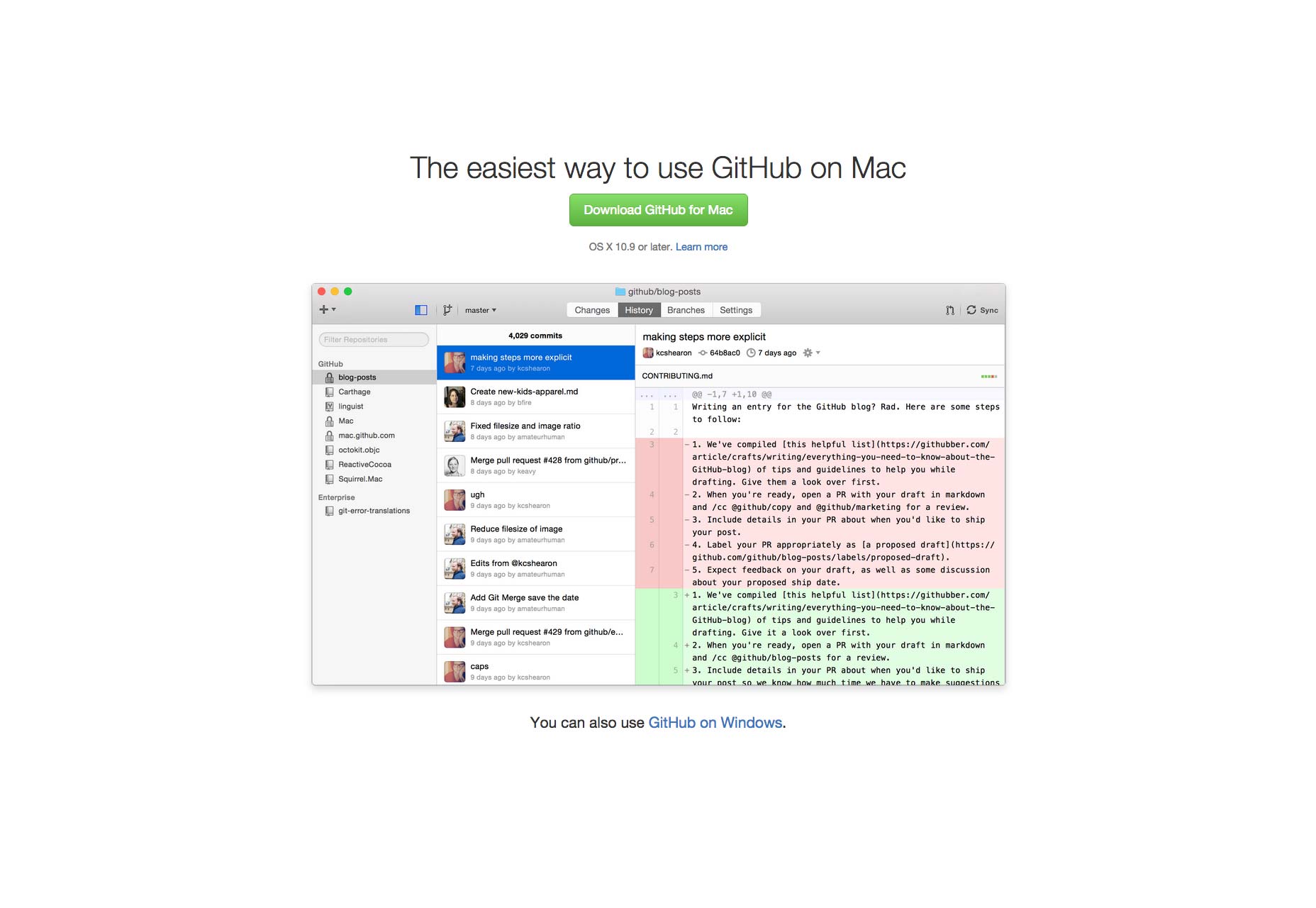
CodePen
This one is lovely. It’s an online editor for all your HTML, CSS and JS needs. It combines easily with Github and is of course collaborative. The idea is to be able to test pieces of code and finding a proper solution without messing up the rest of the code.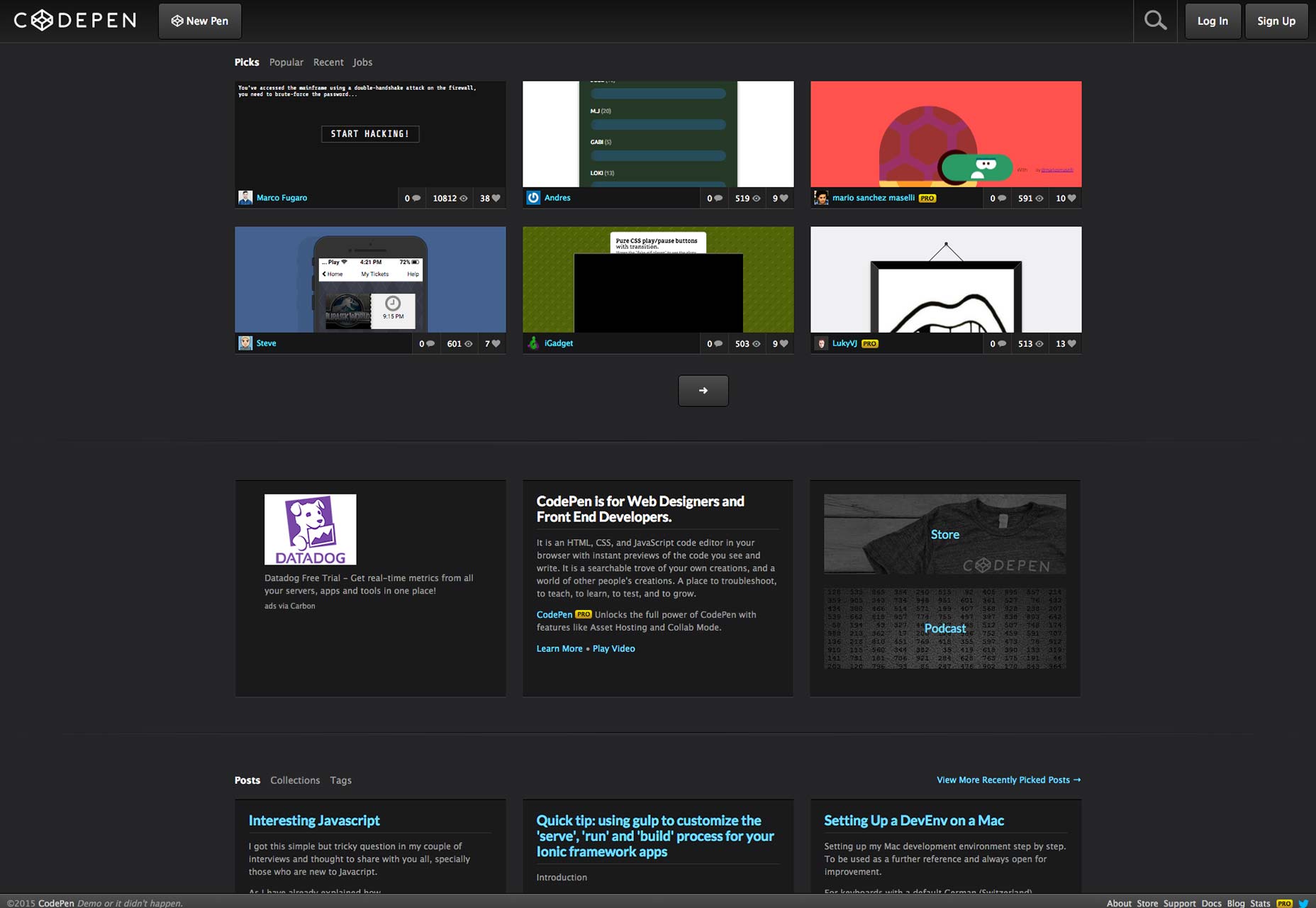
Phase 4: Testing, collecting feedback & fixing bugs
No project is ever really without flaws. And although testing is something that’s done throughout the development process as well, there will always be bugs left. And we’re not only talking about software bugs. Even a design can be buggy. So right now, it’s important to start testing like crazy. Early troubleshooting saves a lot of time and effort. It is critical for all people participating in the creation of the site to be involved with testing. However, testing should be an agile process. Once you’ve launched the site or are in the process of launching it, a lot of people are going to start using it and will provide feedback on the site. And even though you put in all the effort you could to test the site, you will have missed a couple bugs or new ones will pop up over time. It’s crucial that you get information on bugs and issues as soon as possible. If you can get your users to report these to you, you’re golden.Usersnap
(Full disclosure: I work for Usersnap.) We built Usersnap as a visual bug tracking and feedback tool that eases the work of software testing. It enables clients, website visitors and colleagues to report bugs, change requests or simply feedback on your website. Also for manual website testing, Usersnap is a safe bet, since it speed ups your testing workflow through easy-to-use tools.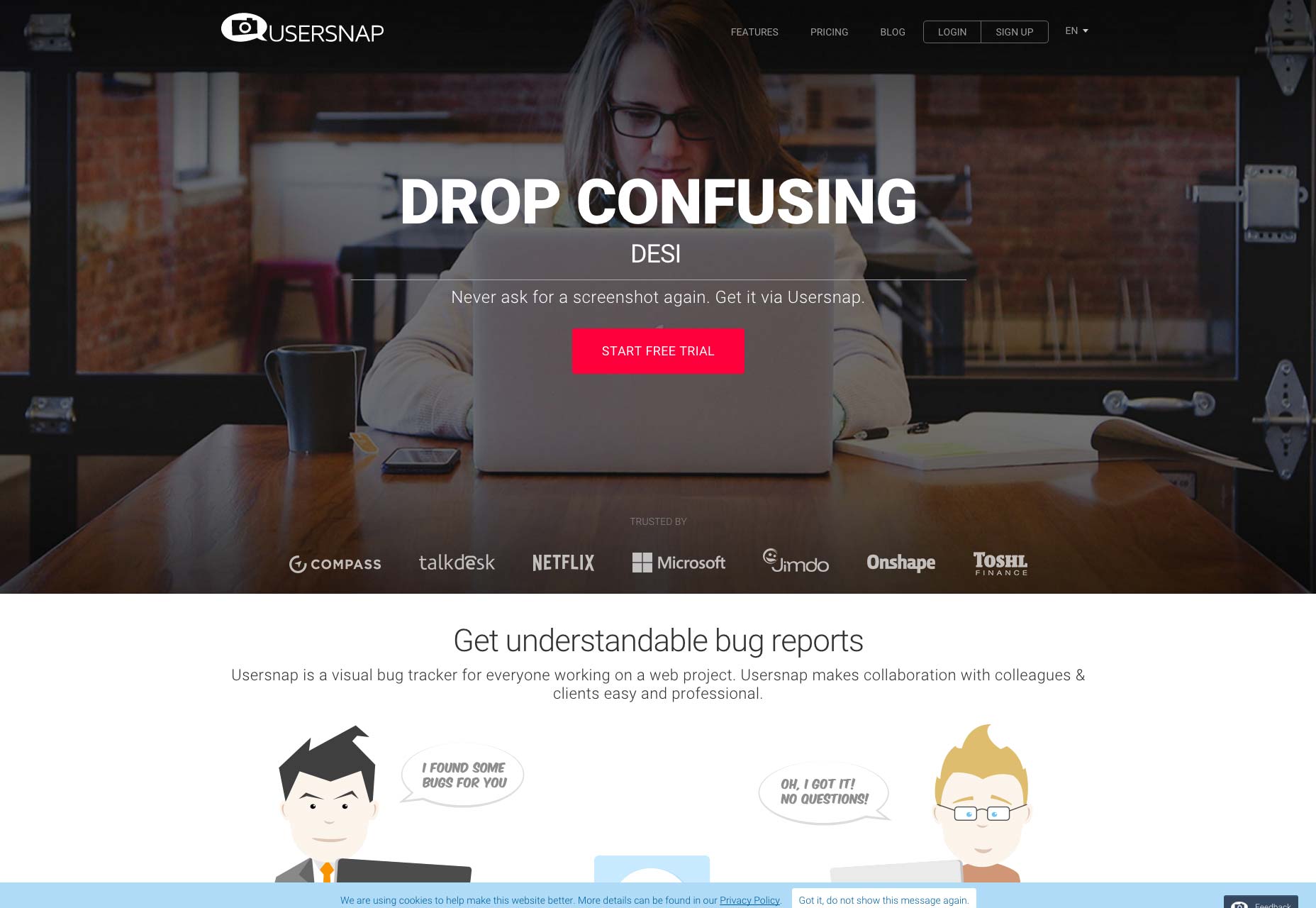
So, to recap…
Design projects require many people to work together. Constant feedback is one of the most important parts of delivering a project as requested by the client and within the specified timelines. With all this clutter and the fact that websites are becoming more complex every day, online tools make it easy to complete the work among everyone involved and get instant feedback from them. Integrating these tools into a solid workflow, really helps you get where you need to be in an already competitive field. Featured image, teamwork image via Shutterstock.Thomas Peham
Thomas Peham is a tech marketer at Usersnap. He helps startups in web development grow. In his free time he writes about the latest design & development trends on his german blog. Say hello on Twitter.
Read Next
3 Essential Design Trends, November 2024
Touchable texture, distinct grids, and two-column designs are some of the most trending website design elements of…
20 Best New Websites, October 2024
Something we’re seeing more and more of is the ‘customizable’ site. Most often, this means a button to swap between…
Exciting New Tools for Designers, October 2024
We’ve got goodies for designers, developers, SEO-ers, content managers, and those of you who wear multiple hats. And,…
15 Best New Fonts, September 2024
Welcome to our roundup of the best new fonts we’ve found on the web in the previous four weeks. In this month’s edition…
By Simon Sterne
3 Essential Design Trends, October 2024
This article is brought to you by Constantino, a renowned company offering premium and affordable website design
You…
A Beginner’s Guide to Using BlueSky for Business Success
In today’s fast-paced digital world, businesses are always on the lookout for new ways to connect with their audience.…
By Louise North
The Importance of Title Tags: Tips and Tricks to Optimize for SEO
When it comes to on-page SEO, there’s one element that plays a pivotal role in both search engine rankings and user…
By Simon Sterne
20 Best New Websites, September 2024
We have a mixed bag for you with both minimalist and maximalist designs, and single pagers alongside much bigger, but…
Exciting New Tools for Designers, September 2024
This time around we are aiming to simplify life, with some light and fast analytics, an all-in-one productivity…
3 Essential Design Trends, September 2024
September's web design trends have a fun, fall feeling ... and we love it. See what's trending in website design this…
Crafting Personalized Experiences with AI
Picture this: You open Netflix, and it’s like the platform just knows what you’re in the mood for. Or maybe you’re…
By Simon Sterne
15 Best New Fonts, August 2024
Welcome to August’s roundup of the best fonts we’ve found over the last few weeks. 2024’s trend for flowing curves and…
By Ben Moss















